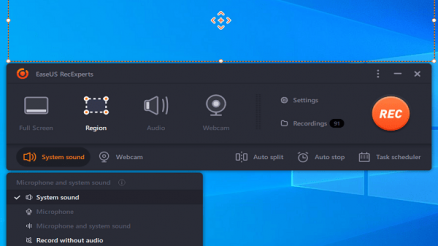Contents
Nowadays, electric linear actuators are represented in an impressive variety. You can find the smallest actuators that are used for micro-manipulations, along with the huge heavy-duty actuators. The stroke length, power, IP rate, and other features differ a lot, too. Thus, there is nothing strange that actuators also can be controlled by various options. Which ones? Let us have a look.
Control Boxes
Control boxes are not controlled elements. They link a linear actuator with a relevant control device. Special software is written for a control box depending on the further application of the actuator and the features. This software will determine the movements that the actuator will be able to make. If we compare an actuator system with a body, then, the control box can be compared to its brain.
A remote box is usually supplied with all the harness elements. The best manufacturers will offer you remote controls with the readily available boxes.
Special Switches
A rocker switch is one of the most convenient options to control actuators, especially if your aim is to make several actuators move simultaneously. To make your actuators move synchronously, you need to get the actuators that support some kind of actuator feedback (for instance, a potentiometer or HALL).
There are rocker switches of several types. The types of switches depend on the manufacturer. However, if we speak about a more general classification, we can distinguish the following types of rocker switches:
- Sustaining: if you press the switch, the actuator will continue its movement until you don’t press the switch again or place it in the OFF positions.
- Momentary: to make the actuator move, you press and hold the switch. If you let it go, the actuator movement either will be stopped or the actuator will return to its initial position.
To move several actuators simultaneously, you have to wire a switch in a special way. Every switch comes with wiring instructions. Just follow it to wire them to make the actuator move in the needed way.
Also read: The Future of Car’s Technology
A Remote Control
Remote control is, probably, one of the best options to manage an actuator when the physical presence of a person is impossible or not wished. A remote control sends a signal to a control box of an actuator. The control box transfers the radio signal from a remote and sends a digital signal to an actuator. This digital signal makes the actuator move or stop.
Remotes can be of the following types:
- Handheld;
- Mounted;
The handheld remotes offer maximum flexibility. Food pedaled items are the most convenient if you need to handle the actuators simultaneously with the performing of other actions. Mounted remotes are perfect for domestic applications, for example, furniture pieces.
Also, you can choose between wired and wireless options. While the first provide more reliable control, the others offer more flexibility.
Now, there are many options to control linear actuators. You can choose the best controls depending on your needs, actuator number and types, and requirements. Consider the application type, and get the right option.





